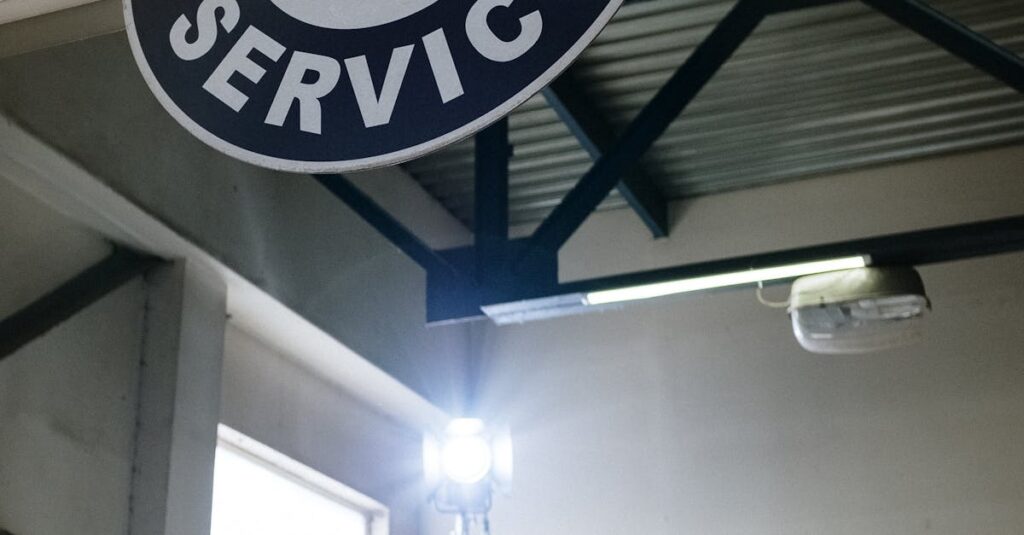“`html
Utilizing Negative Space in Brand Design
Understanding Negative Space: The Unsung Hero of Design
Definition of Negative Space
Negative space, also known as white space, refers to the unmarked area around and between the elements of a design. Although it may seem trivial, this space plays a crucial role in how a design is perceived. It allows for breathing room, enhancing both readability and visual impact.
Importance of Negative Space in Visual Communication
In visual communication, negative space is essential for conveying clear messages. By guiding the viewer’s focus, it helps emphasize the core components of the design. This attentiveness to empty space contributes to a more nuanced and compelling narrative.
Examples of Effective Use of Negative Space in Branding
Several iconic brands have masterfully harnessed negative space. Examples include the FedEx logo, with its hidden arrow, and the WWF logo, which uses negative space to form an abstract panda. Such clever utilization enhances brand identity and recall.
The Role of Negative Space in Creating Visual Balance
Exploring Visual Weight and Balance in Design
Visual balance involves the equitable distribution of elements within a design. Negative space plays a pivotal role in this balance by reducing clutter and allowing key elements to stand out. A harmonious design caters to aesthetic appeal and functionality.
How Negative Space Enhances Brand Recognition
Strategic use of negative space reinforces brand recognition by making logos and designs memorable. **Minimalism**, with intentional space, distills a complex message into a simple yet powerful symbol, ensuring the brand remains unforgettable.
Contrasting Elements: Finding Harmony through Negative Space
Negative space serves to delineate contrasting elements within a design. By establishing boundaries, it creates a **visual rhythm** that harmonizes disparate components, leading to a more cohesive and visually engaging composition.
Design Tips for Mastering Negative Space
Strategic Use of White Space in Branding
To effectively integrate white space, designers should prioritize clarity and simplicity in their compositions. Utilizing ample space around brand elements not only enhances aesthetics but also strengthens the impact of the central message.
Balancing Elements: Incorporating Text, Images, and Negative Space
Balancing elements involves a calculated mix of text, images, and negative space. Designers should avoid overcrowding, allowing each element to breathe and stand distinctly within the design. This ensures both readability and visual appeal.
Common Mistakes to Avoid with Negative Space
Common pitfalls include excessive clutter and misleading emphasis. Avoid crowding your design with unnecessary elements, and ensure negative space does not detract from the message’s core intent. Always strive for **clarity** and coherence.
Crafting an Effective Brand Message through Negative Space
Telling Your Brand Story with Minimalism
Negative space can tell a compelling brand story with minimal elements. By distilling your message into its essence, you create a **powerful narrative** that resonates with your audience and fosters a deeper connection.
Evoking Emotion: What Negative Space Communicates
With precise application, negative space evokes specific emotions and attitudes. While its absence might convey chaos, its presence communicates tranquility, elegance, and sophistication, amplifying the emotional depth of your brand message.
Case Studies: Brands That Nailed Their Messaging with Negative Space
Brands such as Nike and Apple have excelled using negative space. By stripping away unnecessary details, they hone in on the essence of their message, which resonates universally. **View case study details here.**
Tools and Techniques for Implementing Negative Space in Brand Design
Software and Resources for Designers
Tools like Adobe XD and Sketch facilitate the exploration of negative space. Coupled with resources like Behance for inspiration, designers can refine their techniques and elevate their craft.
Practical Exercises for Experimenting with Negative Space
Designers should engage in exercises that experiment with negative space arrangement. Techniques such as **mock-up creation** and design critiques help refine spatial awareness and reveal new insights into effective usage.
Collaborating with Designers: Best Practices for Brand Development
Open communication and collaboration among design teams enhance the implementation of negative space. Employing brainstorming sessions and **feedback loops** ensures that brand elements coalesce into a unified and compelling identity.
Final Thoughts: Embracing Negative Space in Your Brand Journey
The Future of Negative Space in Design Trends
As design trends evolve, negative space remains a cornerstone of innovation. The future promises exciting opportunities for incorporating it strategically, pushing boundaries, and redefining brand experiences.
How to Evolve Your Brand with Negative Space Over Time
Brands can leverage negative space to evolve and stay relevant. By synergizing your brand’s core values with strategic design updates, you ensure continued appeal and resonance in a dynamic market landscape.
Encouragement to Experiment and Integrate Negative Space into Brand Strategy
Embrace the potential of negative space—test it, refine it, and integrate it into your brand strategy. By doing so, you’ll unlock new realms of creativity and effectiveness, paving the way for success in the ever-changing world of design.
“`

